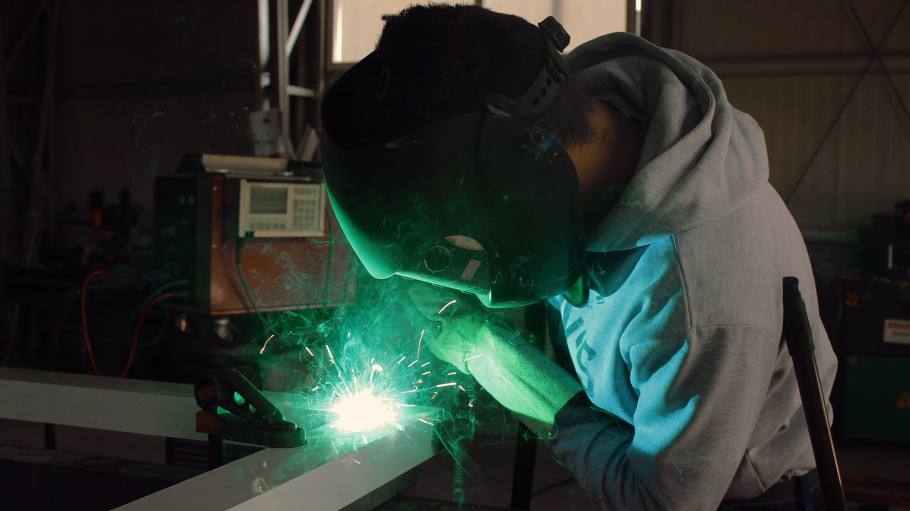

The European Union Emissions Trading System was the first large greenhouse gas emissions
trading scheme in the world, and is still the largest. It was launched in 2005 as a major pillar of
European climate policy.
The Emissions Trading System is a ‘cap and trade’ mechanism. The ‘cap’ is the maximum amount of all greenhouse gas emissions that can be emitted by all participating industry sectors. This ‘cap’ is reduced every year by a ‘linear reduction factor.’
Within this ‘cap’, installations are permitted to either keep ‘allowances’ for next year or to sell them on to other companies that may need to emit more.
The original objective of the Emissions Trading System was to achieve agreed emissions reduction targets in a 'cost-effective and economically efficient manner'. This is done using the carbon price resulting from the interaction of supply and demand for ‘emissions allowances’.
The EU Emissions Trading System covers around 11,000 installations in power generation and industry as well as the aviation sector. These installations are together responsible for 45% of the EU’s greenhouse gas emissions. Emissions from buildings, agriculture, transport and waste are outside the Emissions Trading System’s scope.
Brussels, 13 February 2025 – Following the high-level conference “A Carbon Border Adjustment Mechanism for Climate - Addressing carbon leakage to strengthen global climate action”, organised in Paris by the European Commission and the French Ministries of Finance, Economics and Climate Transition, EUROFER emphasises that simplification must go hand in hand with ensuring the instrument’s effectiveness. This means addressing key issues such as resource shuffling, exports, and the inclusions of products further down the value chain.
Statement
Brussels, 10 September 2024 – The Draghi Report thoroughly identifies the bottlenecks to both the EU industry's decarbonisation and competitiveness. The proposed recommendations for energy-intensive industries, including on energy, trade, carbon leakage, financing and lead markets, should be integrated into the upcoming Clean Industrial Deal and implemented with concrete measures as a matter of urgency. Alignment across different policies is crucial, and should be accompanied by sector-specific initiatives to enable the transition of each industry including steel, asks the European Steel Association.
Several myths or misunderstandings about the role and functioning of the EU ETS abound in discussions about this central EU climate policy.
WTO compliance, transition period, solution for exports, anticircumvention measures: our collection of impact assessments and policy documents